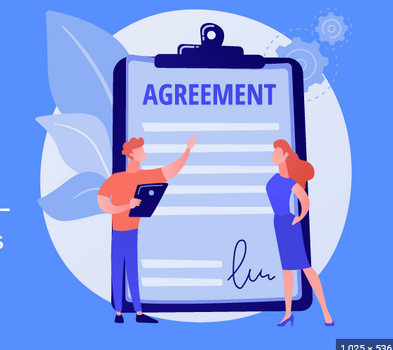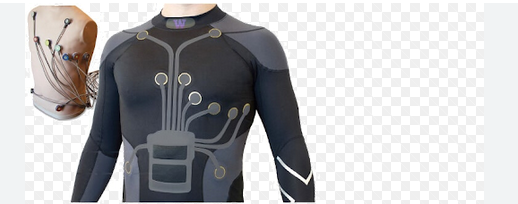Hiring a property in Minnesota entails various lawful things to consider for each property owners and tenants. An extensive comprehension of these lawful elements is crucial for drafting and signing a rental lease agreement. Here are several vital authorized things to consider for minnesota residential lease agreement:
1. Concurrence with State Regulations: Be sure that the hire arrangement is in accordance with related state regulations regulating property owner-renter interactions in Minnesota. Fully familiarize yourself with the Minnesota Non commercial Landlord and Tenant Act to learn your legal rights and responsibilities.
2. Reasonable Homes Laws: Understand federal government and state acceptable property laws to protect yourself from discrimination against tenants based upon shielded features such as competition, religion, gender, incapacity, familial position, or federal source.
3. Stability Downpayment Boundaries: Minnesota regulation limitations the exact amount property owners can charge for the protection down payment. Presently, the utmost protection deposit is equivalent to one month’s rent for unfurnished qualities and two months’ hire for decorated qualities.
4. Habitability Criteria: Landlords are required to preserve leasing attributes in the habitable condition, making sure that the property are secure, hygienic, and fit for human habitation. Tenants have the legal right to request improvements for essential professional services like warming, domestic plumbing, and electricity.
5. Eviction Processes: Be aware of the lawful procedures for evicting a renter in Minnesota, including good reasons for eviction, observe specifications, and court proceedings. Landlords are required to follow legislation precisely when wanting to evict a tenant.
6. Renter Personal privacy Rights: Regard tenants’ security proper rights by supplying advance discover before getting into the leasing home for non-unexpected emergency reasons. Minnesota rules generally calls for landlords to give tenants a minimum of 24 hours’ recognize before getting into the properties.
7. Lease contract Renewal and Termination: Clearly outline the treatments for rent renewal and termination inside the lease arrangement, which include any discover intervals required by rules. Breakdown to comply with these specifications could cause legitimate outcomes.
8. Written Lease contract Prerequisite: When oral lease contracts are legally binding in Minnesota, it’s advisable to possess a created hire agreement to prevent misunderstandings and conflicts. A created hire gives clarity and functions as a reference point stage for celebrations.
9. Authorized Support: Think about seeking legal aid from a certified lawyer or attorney when drafting or examining a leasing rent agreement. A legal professional might help be sure that the lease contract is in accordance with all of applicable regulations and adequately safeguards your rights.
10. Documents and History-Retaining: Continue to keep comprehensive records of all the communication, dealings, and routine maintenance pursuits linked to the leasing property. Documentation can be crucial evidence in the case of disputes or lawful process.
To conclude, navigating the authorized landscape of Minnesota lease rent deals calls for very careful attention to fine detail and concurrence with appropriate regulations. By knowing these legitimate things to consider, landlords and renters can determine mutually beneficial lease plans although staying away from probable legitimate problems.



